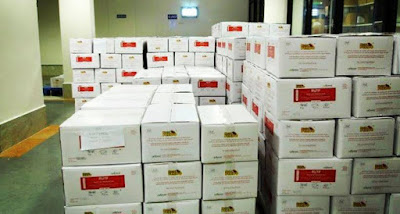Peanut Butter Manufacturing: The Landscape in 2024

The world of peanut butter is set to experience shifts in the coming year, as the industry responds to evolving consumer preferences and global market dynamics. From the entrepreneurial allure of white labeling to the culinary symphony of innovative flavors, export and import dynamics, and an unwavering commitment to sustainable practices – the peanut butter market is in the midst of a transformation that is both exciting and forward-thinking. White Labeling In the ever-expanding universe of peanut butter, entrepreneurs are seizing a golden opportunity through white labeling . This trend is not merely about slapping a personalized label on a jar; it represents a strategic leap into entrepreneurship. Small businesses and aspiring brands are leveraging white labeling to craft their unique identity without delving into the complexities of production. White labeling empowers businesses to focus on branding, marketing, and customer engagement, leaving the intricacies of pe...
